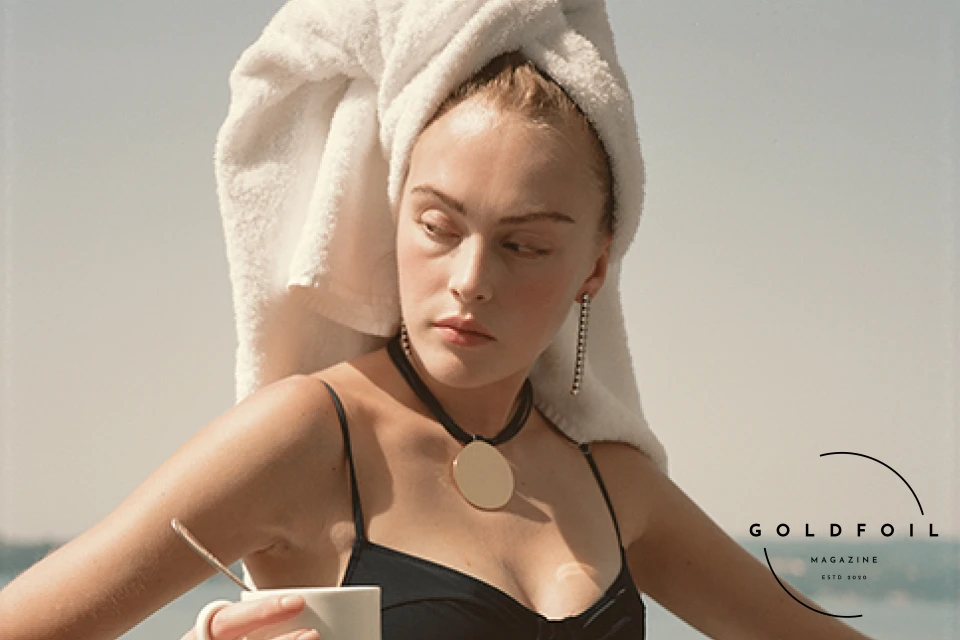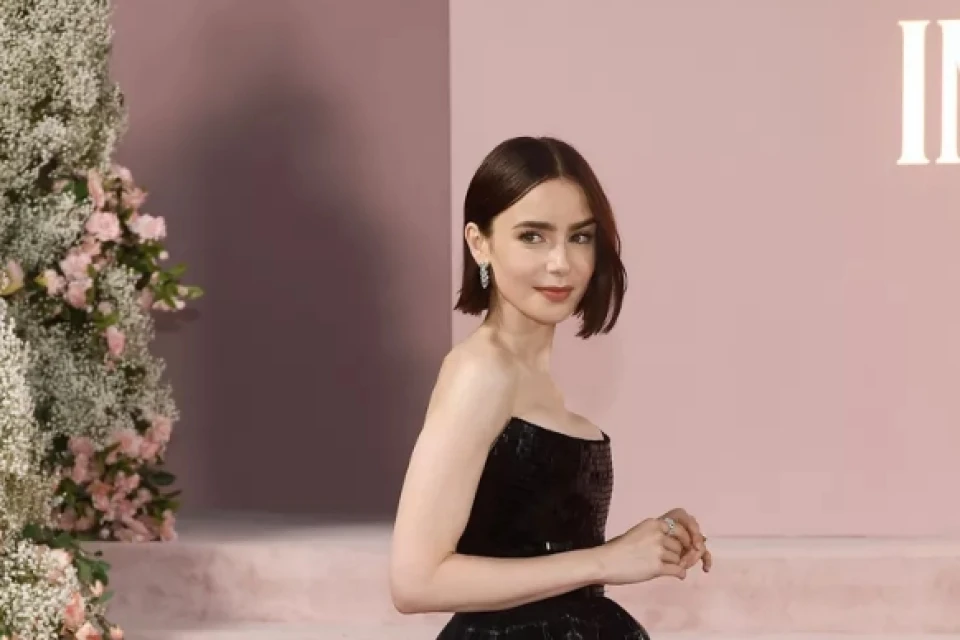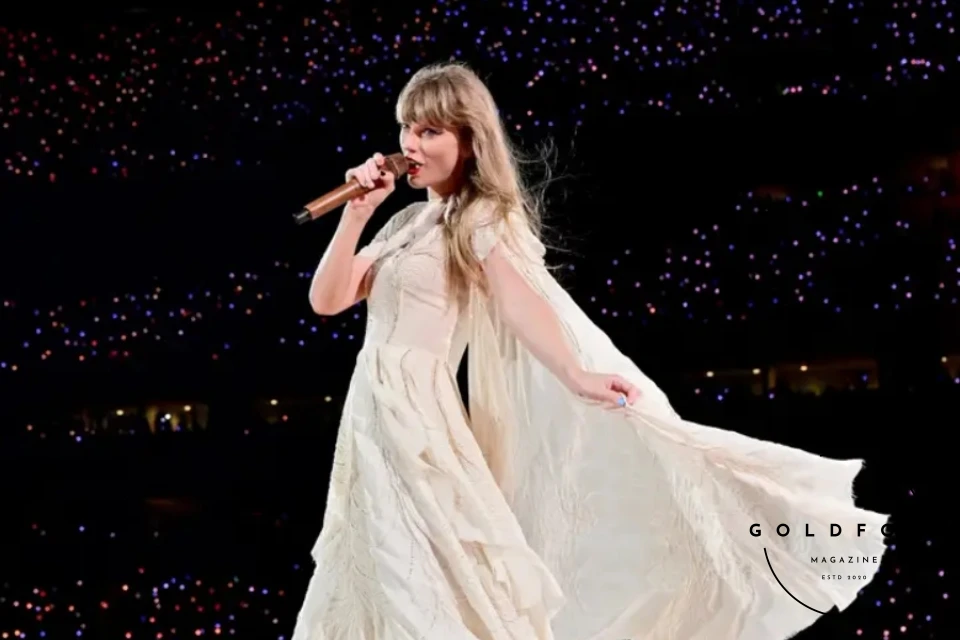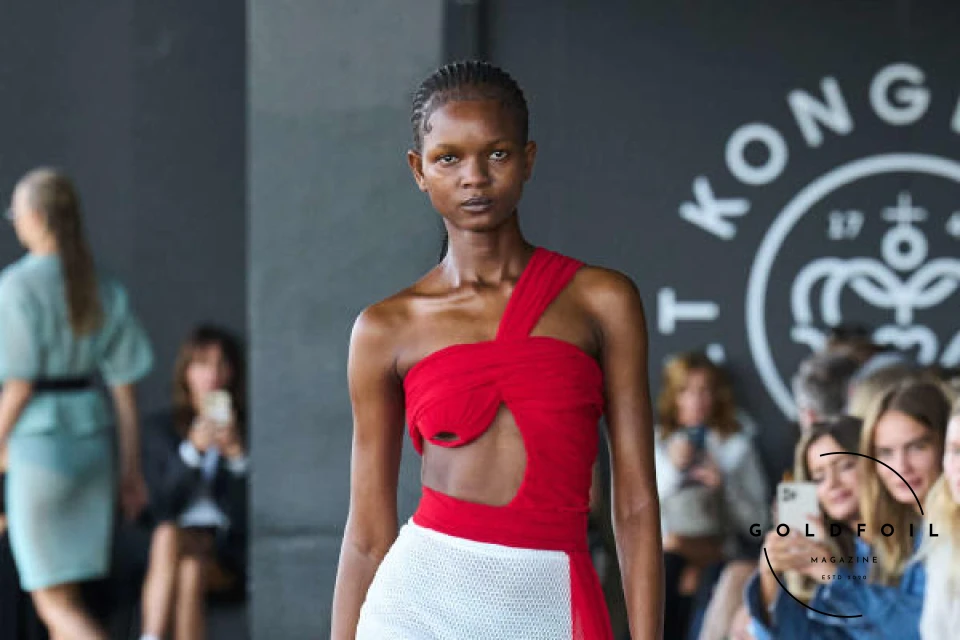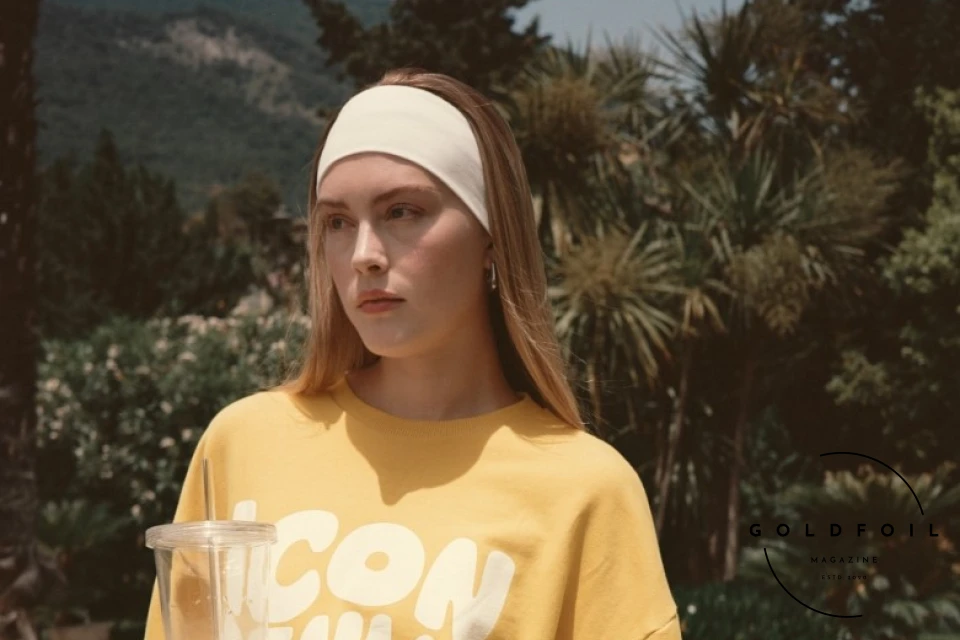
Los Angeles has always been synonymous with effortless cool, where fashion meets function, and style is as much about comfort as it is about making a statement. Icon Denim LA epitomises this spirit and is one of those brands that makes you wonder why you haven’t been wearing their jeans for years. Based in Los Angeles, this contemporary denim label isn’t just selling clothes—they’re selling a lifestyle, one that’s as effortlessly cool as the city itself. With a mission to create a wardrobe that’s modern, iconic, and just the right amount of laid-back, Icon Denim LA is quickly becoming the go-to for anyone looking to upgrade their everyday style. They recently dropped their Spring/Summer 2025 campaign, offering a tantalizing glimpse into what’s next for the brand. The bold shapes and striking silhouettes immediately caught my attention, so I knew I had to dig deeper. I reached out and got the opportunity to speak with one of the brand’s creators, Lucio Mauro, to learn more about the vision behind this contemporary denim label and how they’re redefining cool for the modern wardrobe. What inspired you to start Icon Denim LA? Icon Denim LA was born out of a passion for creating high-quality denim that captures the essence of Los Angeles—effortlessly cool, versatile, and timeless. We wanted to build a brand that blends the laid-back lifestyle of LA with the sophistication of premium denim, making it accessible to both women and men who value style and comfort. This vision is clearly reflected in the brand’s offerings, which combine the relaxed vibe of Southern California with the polished look of high-end fashion. The result? A line of denim that’s as at home on the red carpet as it is on the city streets. How did your journey in fashion begin? My journey in fashion began right after I finished my studies, when I started working in a garment factory. It was there that I truly fell in love with the process of creating clothing, starting from the very basics. I spent years learning the ins and outs of production, particularly in denim—understanding everything from sourcing the finest raw materials to overseeing the details of the final product. This hands-on experience gave me a deep appreciation for Japanese premium denim and lead me to where I am today with Icon Denim LA. Referencing LA, your jeans have already been worn by celebrities like Justin Bieber, Gigi Hadid, how does the LA culture influence your work? LA culture is all about individuality and embracing one's unique style. This influence is deeply embedded in our designs. The relaxed, yet vibrant atmosphere of Los Angeles inspires us to create pieces that are not only fashionable but also versatile, allowing our customers to express themselves freely. The fact that celebrities resonate with our brand reinforces our mission to embody the spirit of LA in every pair of jeans. At the heart of Icon Denim LA is a commitment to storytelling through design. Mauro and his team want every piece to be a canvas for self-expression. "Through our designs, we aim to tell a story of self-expression and individuality," Mauro says. "We want our customers to feel free to define their own style, without being confined to a specific look or trend. Our pieces are versatile and adaptable, meant to serve as a canvas for personal expression. It’s not about the clothing defining you, but rather you defining the clothing—each time you wear it, you bring a new style and story to life. With Icon Denim, you can dress how you want, when you want, and truly make each piece your own." How do you stay ahead of trends while maintaining the timeless appeal of denim? Staying ahead of trends while maintaining an appeal requires a delicate balance. We continuously research emerging fashion trends and listen to our customers’ needs, but we always stay true to our identity and to the core elements of denim—quality, fit, and durability and to our identity. The commitment to wearability, quality and adaptability keeps our denim continually fresh and suitable for every occasion. Have you considered or are you currently exploring collaborations with other designers or brands? Yes, collaborations are something we would like to explore. We believe that working with other designers or brands can bring fresh perspectives and new ideas to Icon Denim and let us embrace new identities. What is your favourite piece from the Spring/Summer 2025 collection? Our favorite piece from the Spring/Summer 2025 collection has to be our DEBBY style. It perfectly encapsulates the essence of Icon Denim—combining comfort, style, and a touch of LA’s effortless cool. We believe it has the perfect proportions to make it a standout piece, even in its simplicity. It’s a design that doesn’t demand attention, yet it never goes unnoticed, making them a staple for any wardrobe. About the Spring/Summer 2025 collection If this interview has you even more excited to get your hands on Icon Denim LA’s Spring/Summer 2025 collection, here’s your reminder to mark your calendar. The highly anticipated collection drops in December 2024, offering the perfect excuse to indulge in a blend of classic elegance and modern comfort. Icon Denim LA’s Spring/Summer 2025 line-up is a masterclass in merging timeless sophistication with contemporary ease. It nods to the past with a sense of nostalgia while staying firmly in step with today’s fashion-forward crowd. This season, expect refined white denim that radiates purity and sophistication, paired with vibrant yellow accessories that bring a bold contrast to the mix. In a move that’s both thoughtful and chic, Icon Denim has expanded its core collection to include a wider range of sizes and fits, ensuring everyone finds their perfect match. This inclusive approach means creating a head-to-toe denim look that’s as personal as it is on-trend has never been easier. And it’s not just about the denim. The collection also introduces versatile staples like tank tops, t-shirts, and sweatshirts—perfect for those who love to mix and match. Whether you’re aiming for casual chic or a more relaxed formal vibe, each piece in this collection balances style and comfort effortlessly, making them the go-to options for any occasion.

